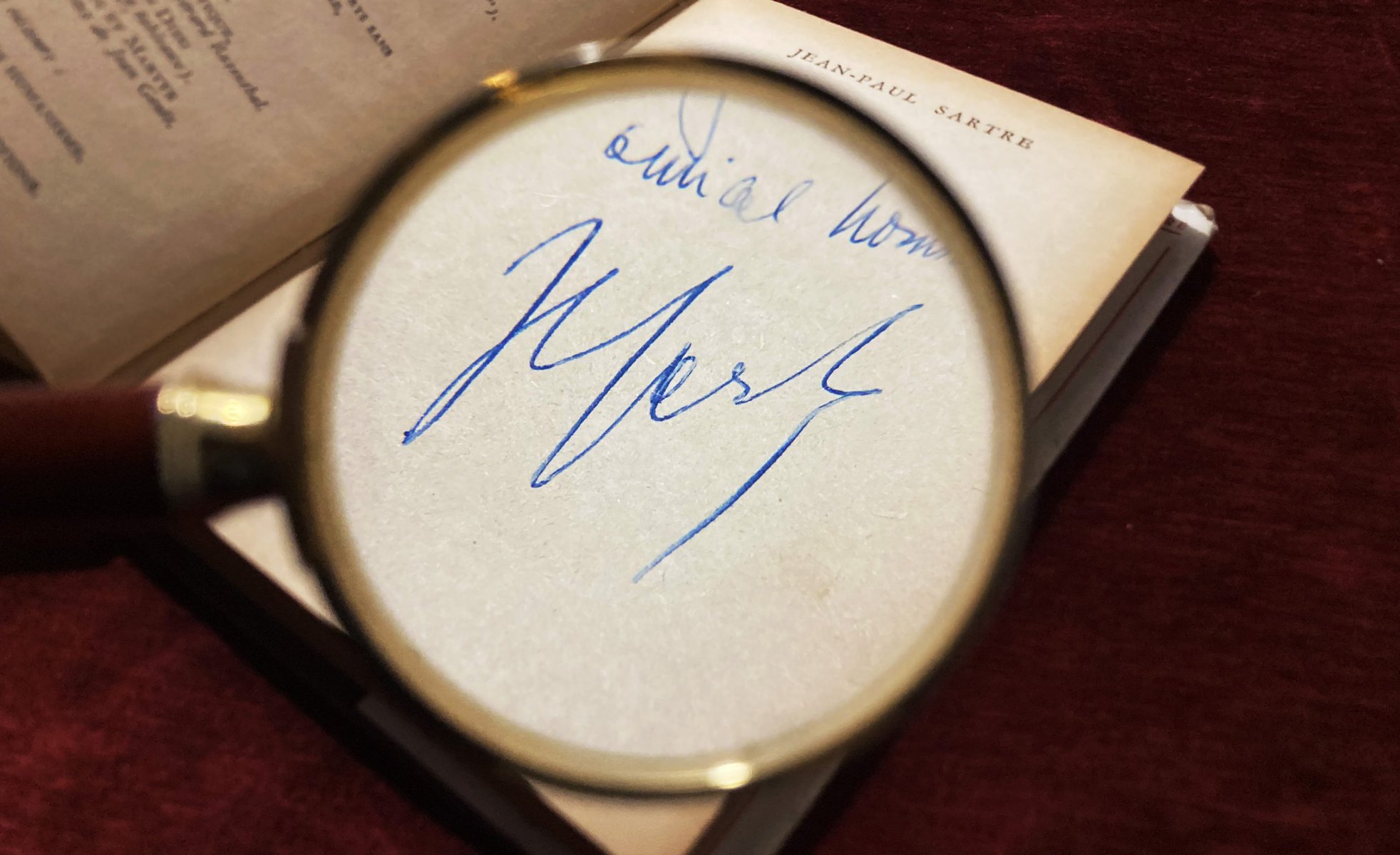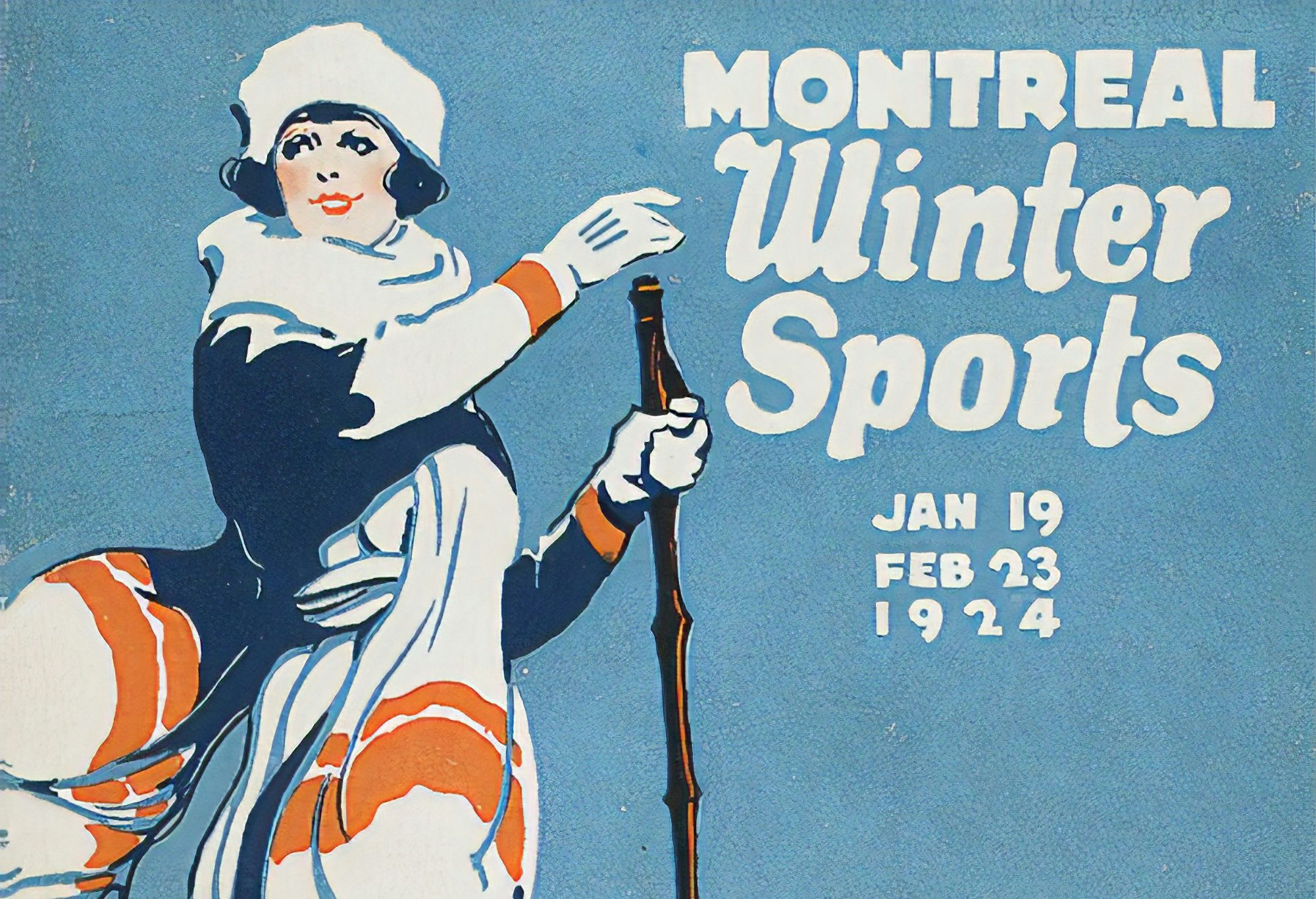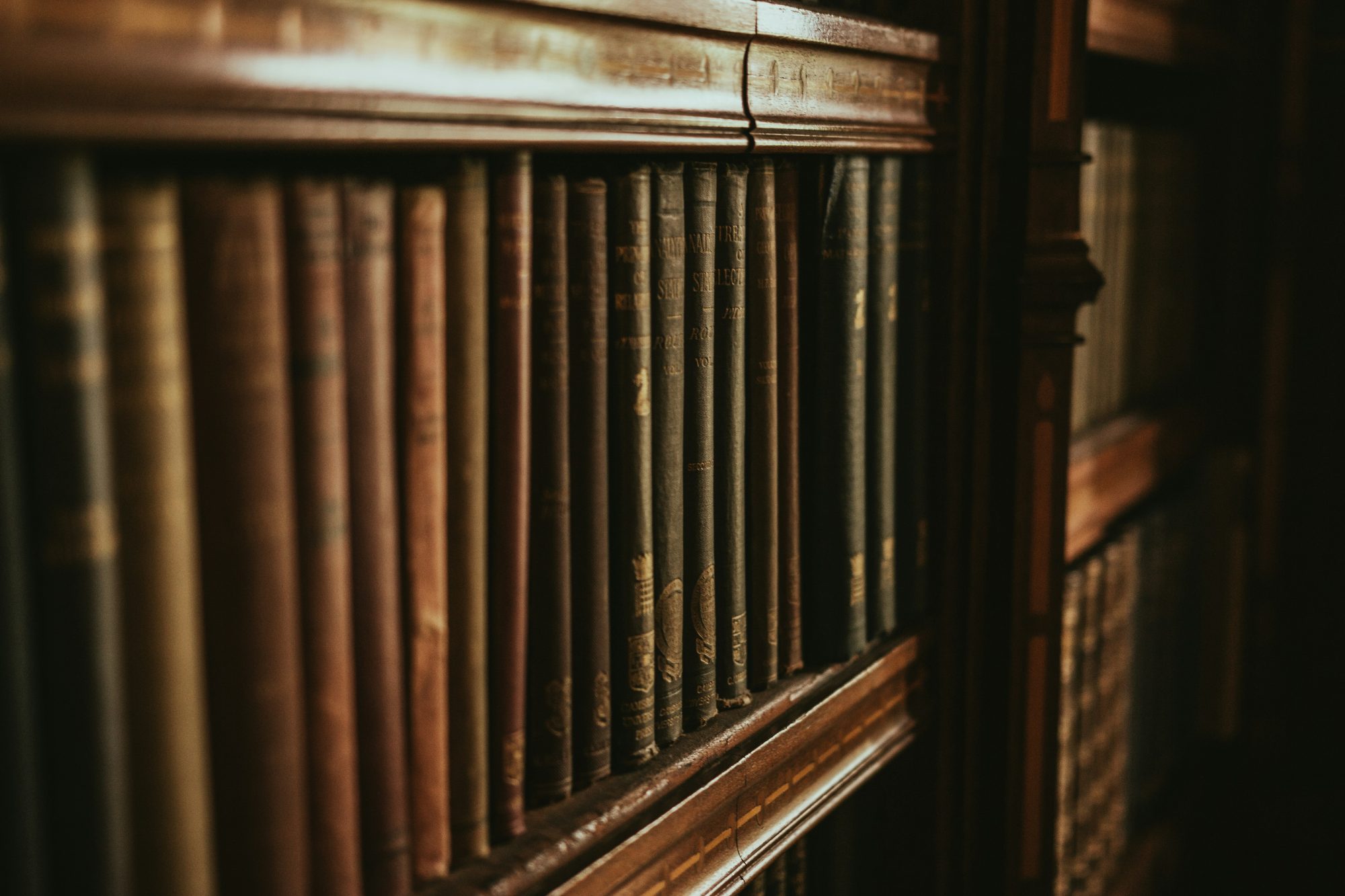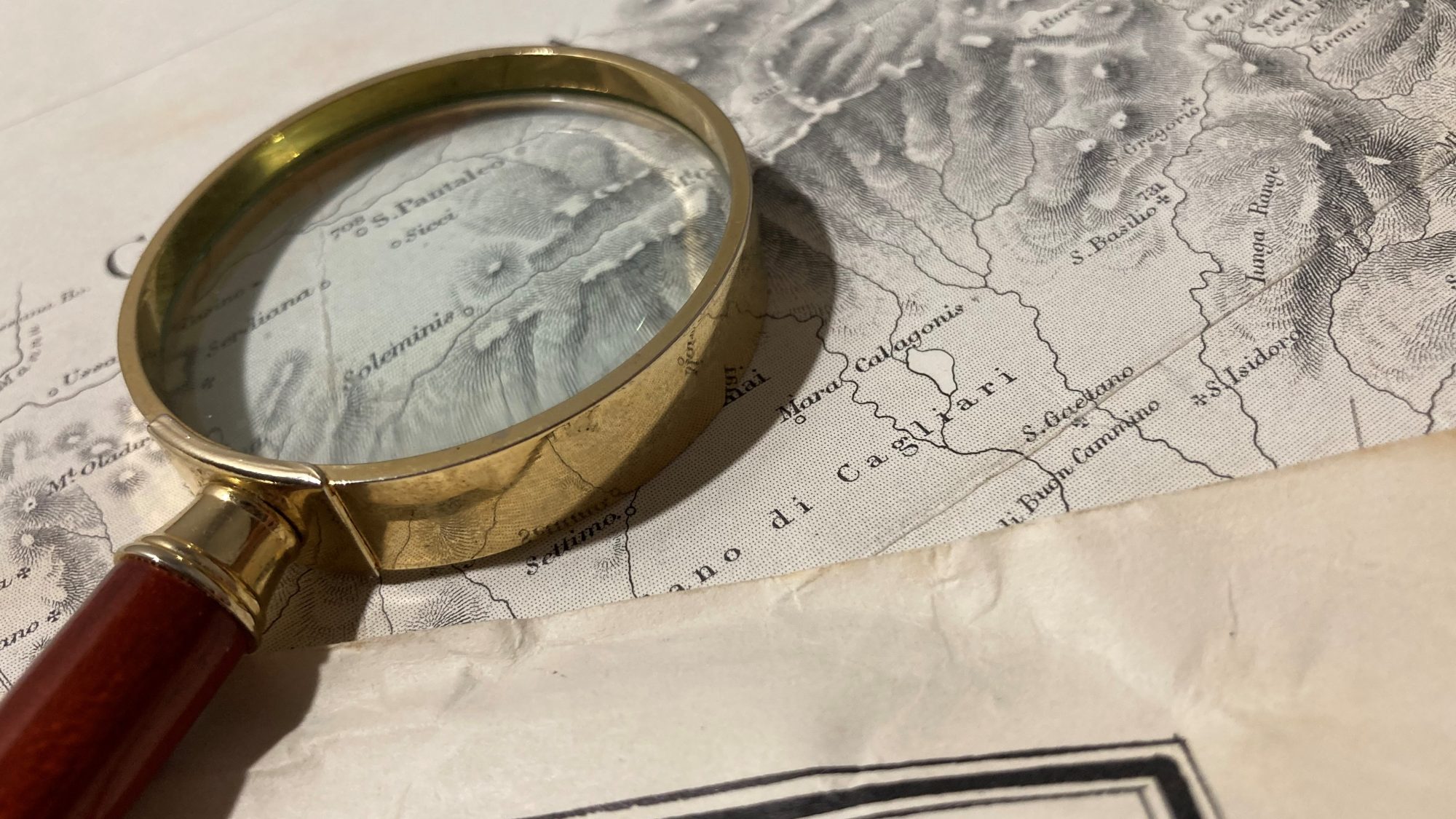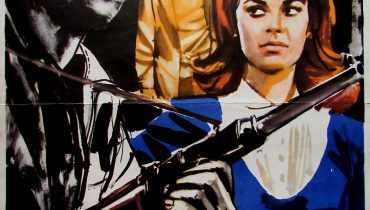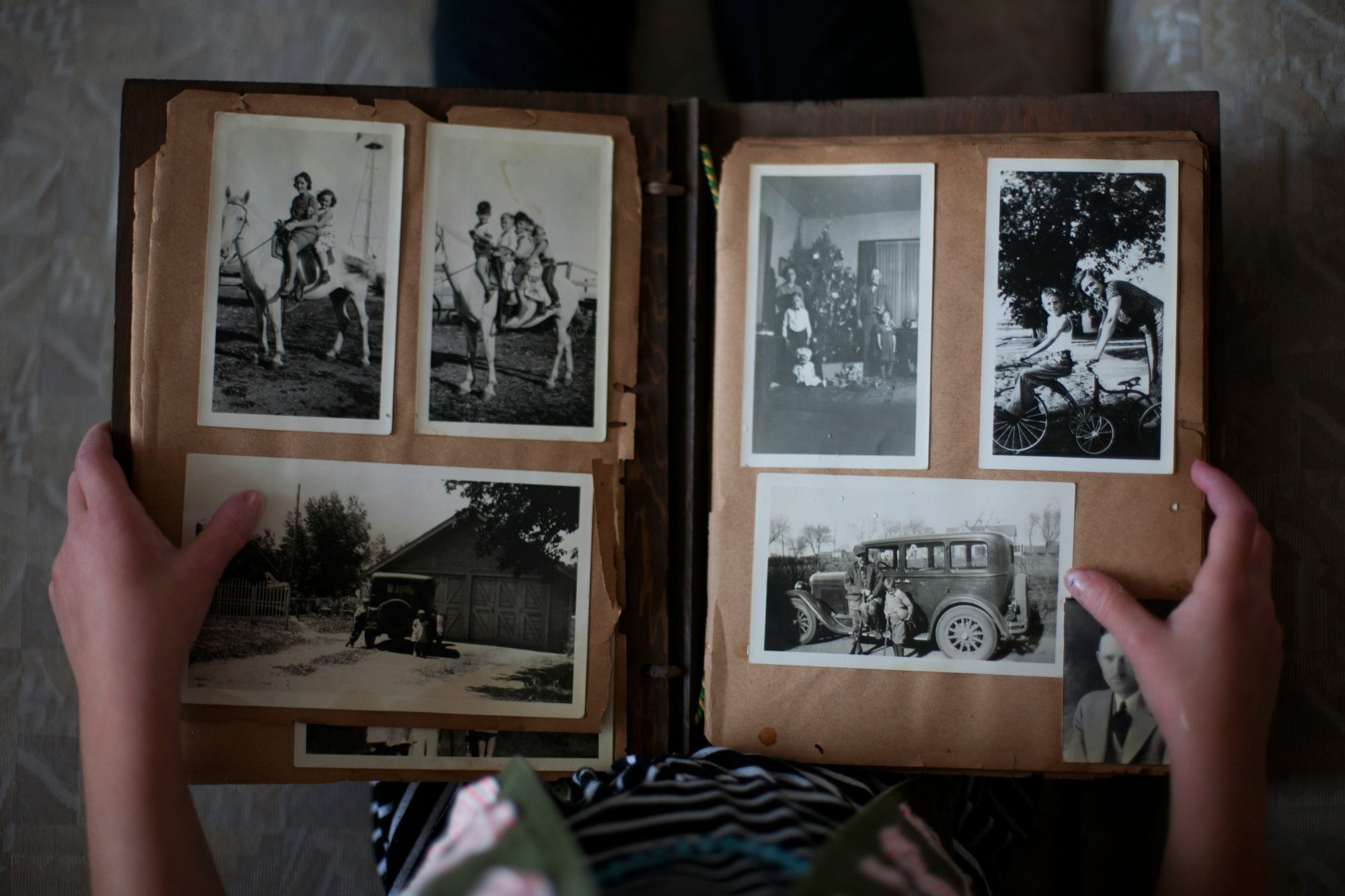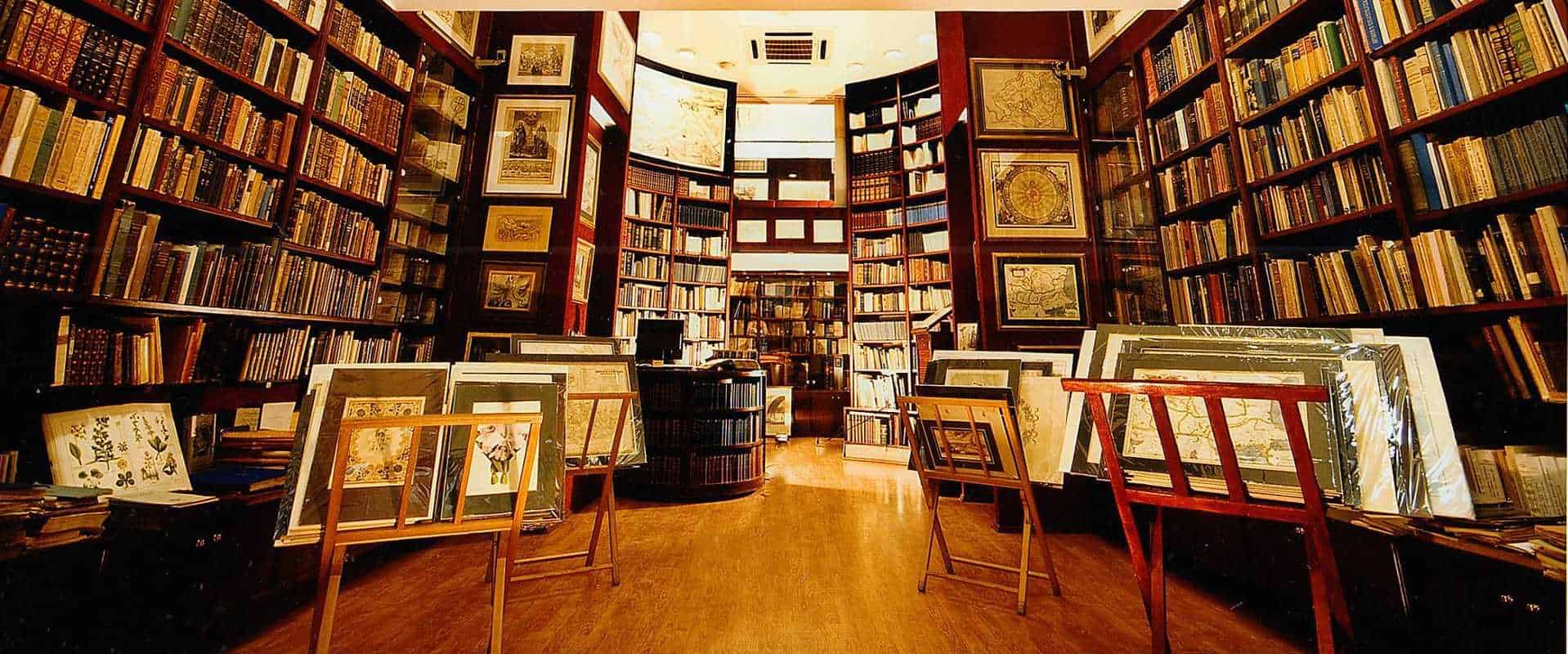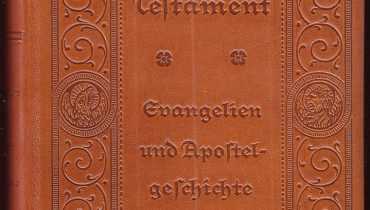Fake Autographs
In this article, we’ll try to point out the main factors you need to consider when buying any signed memorabilia. For collectors and true fans, this is a very sensitive matter. As a collector, you must be very careful since there are many individuals who will forge autographs and try to sell them as genuine. Even if you are buying from sellers with a worldwide reputation, there are no guarantees.
As an example, we could remember the story about Englishman Alan Sterling. In 2000, he bought the glove from the world-famous auction house Bonhams for £494. The glove was signed by some of the best heavyweights in the box history: Muhammad Ali, Joe Frazier, Evander Holyfield, Mike Tyson, etc. Soon after, it turned out that all the autographs were fake. This is only one of the numerous examples in which collectors were left red-handed. Is there a way to be absolutely sure that the item you are buying is authentic? Well, there are a few tips that can help you a lot.
Key tips to determine if an autograph is fake:
1) Beware the printed signatures (pre and post printed)
These fake autographs are commonly found on mass-produced sports memorabilia, but they can appear on other collectibles too. To spot a printed autograph, hold the item up to a light. If the signature illuminates the same way as the picture, it’s printed. Genuine autographs are added later and the ink usually appears purple-grey when viewed from the side.
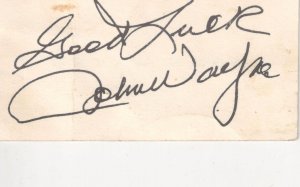
A fine example of a pre-printed autograph by John Wayne.
2) Look out for Autopens
An autopen is a machine that uses a mechanical arm to replicate a signature from a plastic or metal template. Many politicians have used autopens for formal correspondence; for instance, Jackie Kennedy relied on them to sign responses to the thousands of condolence letters she received after John F. Kennedy’s death. Nowadays, autopens can create highly convincing fake autographs. However, there are telltale signs you can spot under a magnifying glass.
Autopen signatures have lines that are uniformly thick and rhythmic, unlike the natural variations in a genuine autograph. When you sign your own name, you do so in one continuous motion, and the pen moves toward the page before the actual writing begins. In contrast, an autopen starts with a dot, ends abruptly with another dot, and produces machine-like straight lines. These lines can sometimes feature “robotic” wobbles, indicating where the autopen slipped.
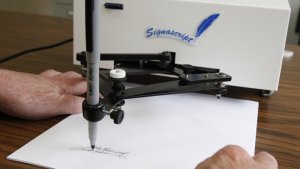
Beware the autopen. This machine is commonly used to produce autographs with an authentic look.
3) Think about the “how” and “when”
Always consider the context of why and when an item was signed. For instance, if an autograph dated pre-1960s is signed with a felt pen, it’s a fake because felt pens didn’t exist before the 1960s; the signature should be in ink. Also, think about the circumstances surrounding the autograph. For example, Bobby Fischer’s autograph on the invitation to the 1958 International Chess Tournament in Portoroz is likely genuine. Young Bobby, along with other participants, signed the invitation, which was a common practice at such events.

Genuine autograph by Bobby Fischer, on the invitation card to the International Chess Tournament in Portoroz, held when Bobby was only 15. You can see the traces of ink and uneven, natural lines of pen movement.
4) Which Dealer Can You Trust?
Finally, this is one of the most important considerations. In the past, dealers with authentication services and memberships in the Universal Autograph Collectors Club (UACC) were considered trustworthy. However, these services have faced significant criticism in recent years, and UACC membership can now be bought, which doesn’t guarantee authenticity.
So, what’s the safest option? Choose a seller who offers a lifetime warranty on authenticity. Also, be wary of prices that seem too good to be true. If a rare and valuable autograph is presented as a bargain, it’s probably fake.
5) Stay Updated on Scams
The world of autograph collecting is constantly evolving, and so are the scams. Stay informed about the latest forgery techniques and common scams in the market. Join online communities, subscribe to newsletters, and follow reputable blogs that focus on autograph collecting. Staying updated will help you stay ahead of potential scammers.
I hope you found this article helpful. Stay tuned for more tips and insights!
Feel free to check our collection of autographs. We offer a full lifetime guarantee.

